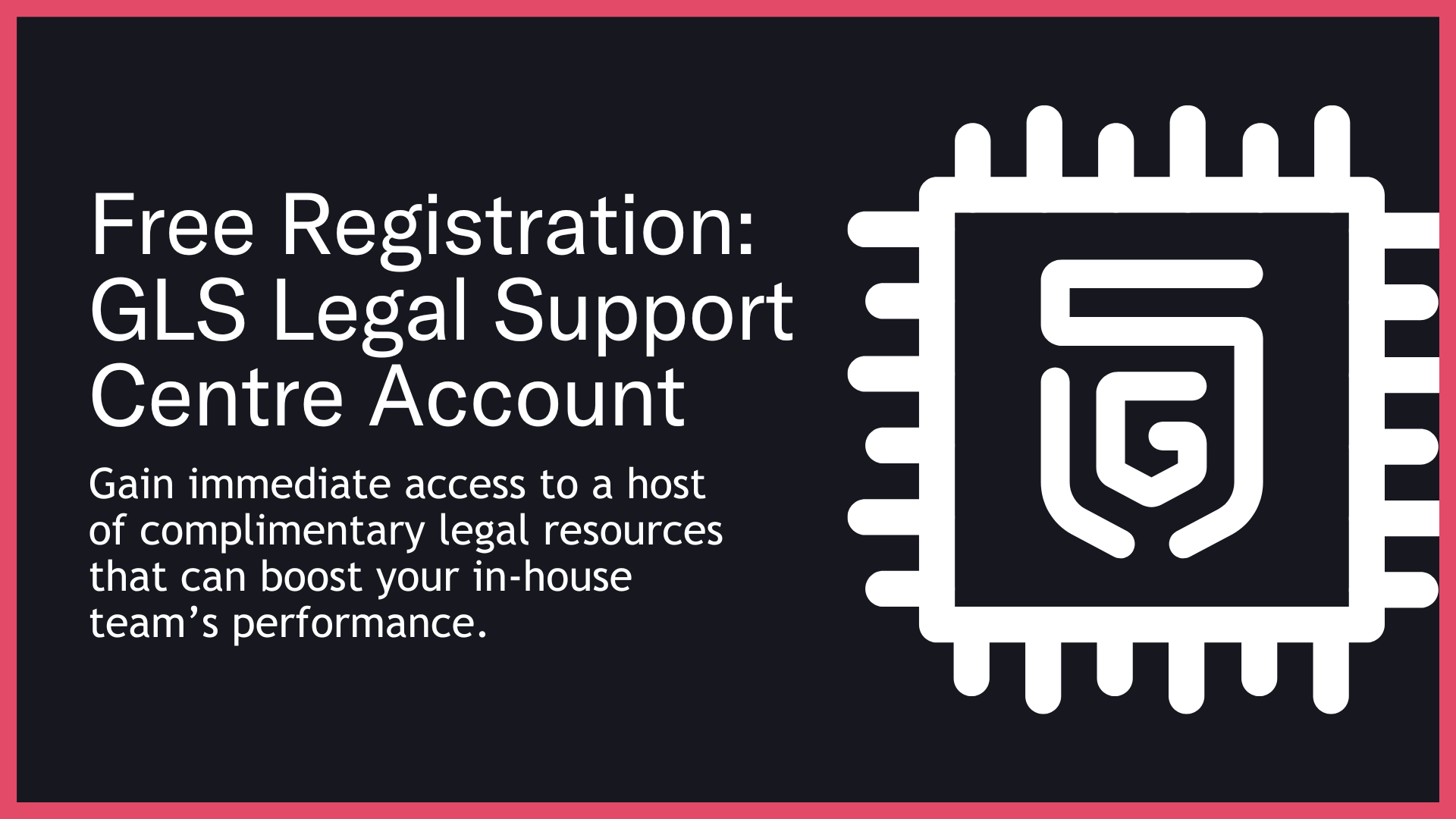Terms & Conditions for Startups: Setting the Rules of Engagement
• 18 Aug 25
“If your startup doesn’t set the rules, someone else will — and you might not like them.”
Introduction
Whether you’re launching a SaaS product, an e-commerce platform, or a mobile app, your terms and conditions (T&Cs) are the rulebook for how customers use your service. They define rights, responsibilities, and protections — for both you and your users.
Without well-drafted T&Cs, you leave yourself exposed to disputes, legal claims, and misuse of your platform.
Related reads: See Non-Disclosure Agreement (NDA) for protecting confidential business information, and Shareholders Agreement for setting rules between business owners.
What Are Terms & Conditions?
Terms and conditions (sometimes called “terms of service” or “user agreements”) are a legally binding contract between your business and your customers or users.
They outline:
◼️What users can and can’t do with your product or service
◼️Your rights as the provider
◼️The rules for payment, cancellation, and refunds
◼️How disputes will be resolved
For startups, T&Cs often apply to:
◼️Websites and apps
◼️SaaS products
◼️Online marketplaces
◼️Subscription services
Quick PAA Answer:
Q: Are terms and conditions legally binding?
A: Yes — as long as they’re properly presented to and accepted by the user.
Why Terms & Conditions Matter for Startups
Protects Against Misuse
◼️Example: A SaaS company can terminate accounts for violating acceptable use policies.
Sets Clear Expectations
◼️Customers know exactly what they’re getting — and what’s not included.
Limits Liability
◼️Clauses that cap damages or exclude certain types of claims.
Supports Revenue Models
◼️Defines payment terms, auto-renewals, and subscription rules.
Ensures Compliance
◼️Helps meet consumer law, privacy, and e-commerce regulations.
Related reads: See Startup Employment Contracts for internal workforce agreements that complement your customer-facing T&Cs.
Key Clauses in Startup Terms & Conditions
When drafting your terms and conditions for startups, consider including:
Acceptance of Terms
◼️How and when users agree to your T&Cs.
Definitions
◼️Clarify key terms to avoid ambiguity.
User Obligations
◼️Rules for account creation, usage, and prohibited activities.
Pricing & Payment Terms
◼️How fees are charged, refund policies, late payment consequences.
Intellectual Property Rights
◼️Protect your content, trademarks, and software.
Limitation of Liability
◼️Caps on damages and disclaimers of certain warranties.
Termination Rights
◼️Grounds and procedures for ending the agreement.
Governing Law & Dispute Resolution
◼️Jurisdiction, mediation/arbitration requirements.
Practical Tips for Startup T&Cs
◼️Keep them readable: Legal language is fine, but plain English builds trust.
◼️Make them accessible: Display prominently before sign-up or checkout.
◼️Update regularly: Laws and business models change.
◼️Pair with a privacy policy: Especially if you collect personal data.
Risks of Not Having Terms & Conditions
Without clear T&Cs, you risk:
◼️Customer disputes over service quality, refunds, or cancellations.
◼️Loss of IP control if usage rights aren’t defined.
◼️Legal exposure from non-compliant business practices.
◼️Difficulty terminating problem users without contractual grounds.
Quick PAA Answer:
Q: Can I copy terms and conditions from another website?
A: No — it’s risky and often non-compliant with your specific laws and business model.
Case Study #1: Subscription Dispute
A fitness app didn’t clearly state its auto-renewal policy in its T&Cs. When customers were charged after their free trial ended, complaints flooded in — and regulators investigated. The company had to issue refunds and revise its T&Cs.
Case Study #2: IP Protection in Action
An online learning platform’s T&Cs clearly prohibited unauthorised redistribution of its courses. When a competitor copied content, the platform enforced its T&Cs and secured a takedown — avoiding a costly lawsuit.
Frequently Asked Questions
Q: Do I need separate terms for different products?
A: Possibly — if your offerings differ significantly in risk, pricing, or user obligations.
Q: How often should I update my T&Cs?
A: At least annually, or whenever your business model or laws change.
Q: Do I need legal advice to draft T&Cs?
A: Yes — generic templates often miss key compliance requirements for your jurisdiction.
Q: Should I get user consent?
A: Yes — best practice is to use “clickwrap” agreements where users actively accept your T&Cs.
How GLS Can Help
GLS offers tailored terms and conditions services for startups:
◼️Drafting customised T&Cs for websites, apps, and SaaS products
◼️Reviewing and updating existing terms for compliance
◼️Integrating T&Cs with privacy policies and NDAs
◼️Advising on jurisdiction-specific requirements
◼️Creating terms that support subscription or marketplace models
◼️Building acceptable use policies into your T&Cs
◼️Drafting clear refund and cancellation terms
◼️Advising on dispute resolution clauses
◼️Updating T&Cs in response to legal changes
◼️Fixed-fee packages for startups
Useful GLS Resources
GLS Startup Legal Packages
GLS Non-Disclosure Agreement Guide
GLS Startup Employment Contracts Guide
Conclusion
Terms and conditions are not just a formality — they’re a core business safeguard for any startup. They set clear expectations, protect your rights, and reduce legal risks. Skipping them might save time now, but it can cost you far more later.

